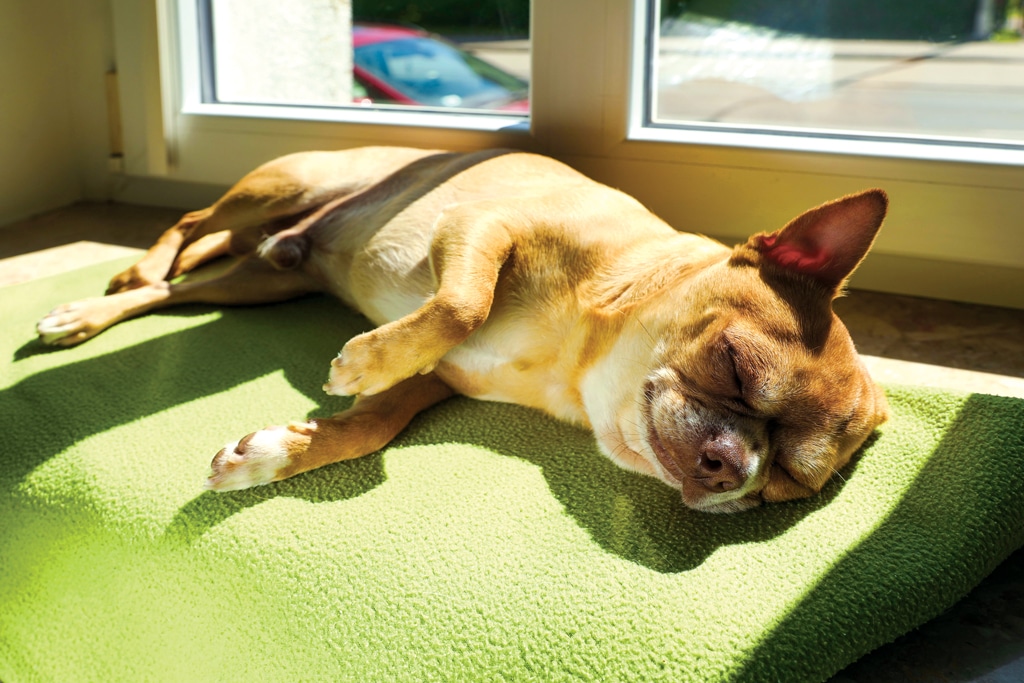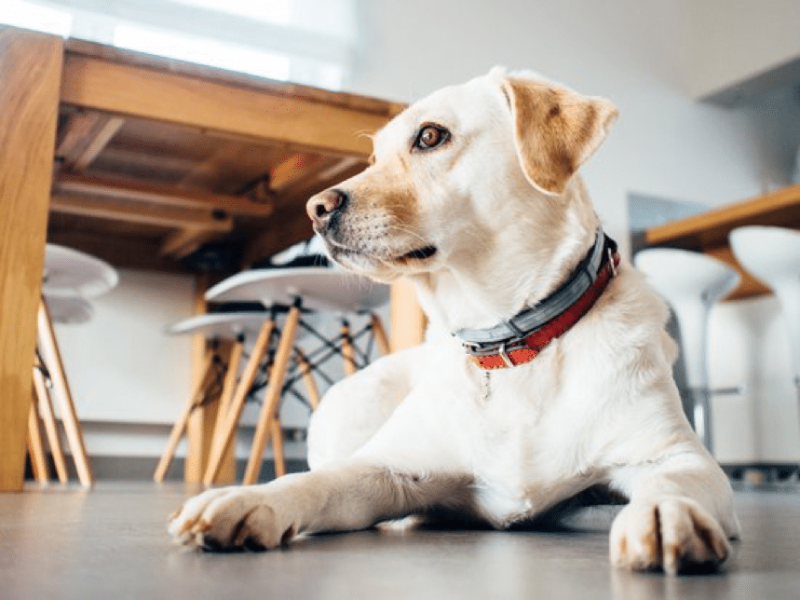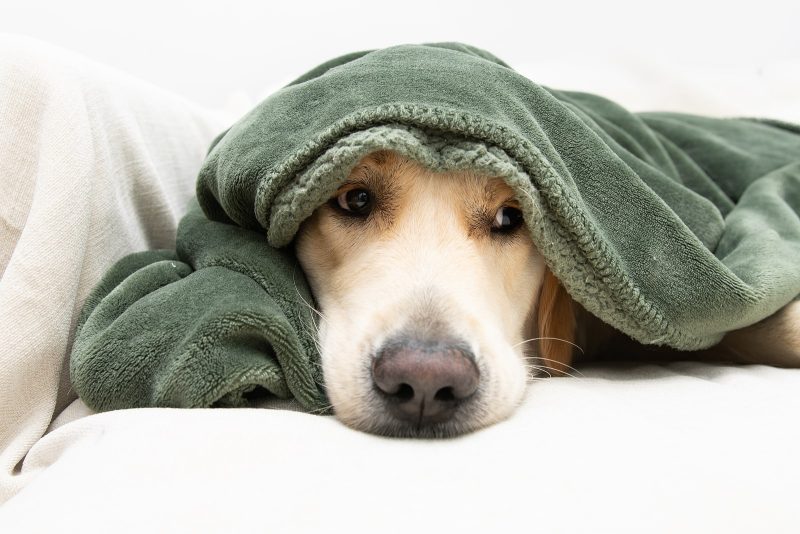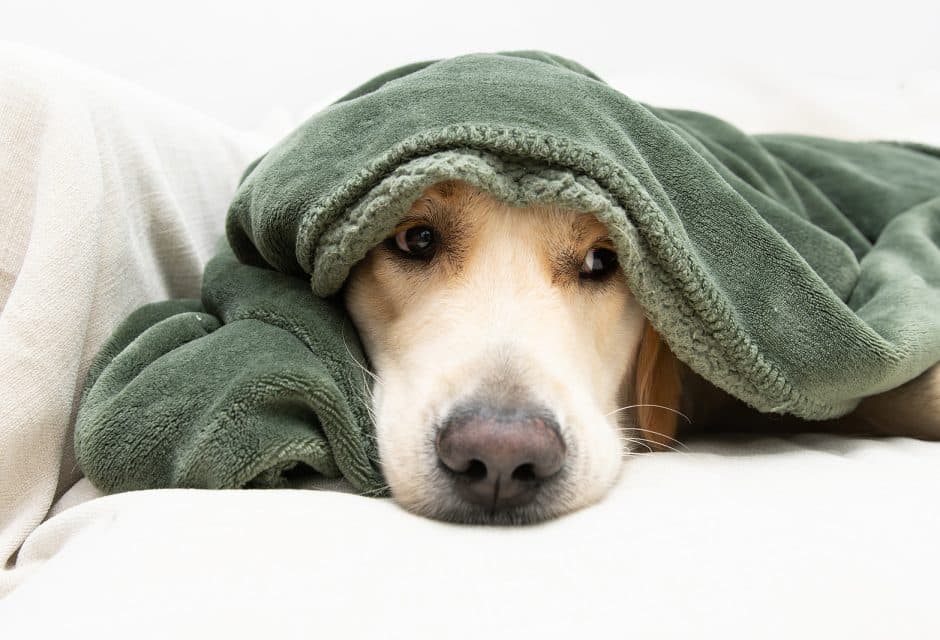

Your Separation Anxiety Action Plan
How to address separation anxiety in dogs.
Canine separation anxiety can be a challenging behaviour issue to modify. In fact, it can be so difficult for dog owners that I authored an entire book on the subject. Successful rehabilitation requires a solid foundation of understanding and a comprehensive plan. Here’s what to do if your dog has separation anxiety.
Is separation anxiety genetic? Can breed play a role?
Dogs are typically bred for positive traits such as sociability and friendliness. But, as Dr. James Serpell, professor of Animal Ethics and Welfare at the University of Pennsylvania, suggests, selective breeding may also “concomitantly select for excessive attachment to owners and intolerance to being alone.” Still, even if a dog is genetically predisposed to feeling anxious when isolated, confidence and coping skills can be instilled, and behaviour modification implemented so your dog becomes better able to deal with situations including being alone.
Although there is no specific breed that can definitively be said to be prone to separation anxiety, consider the roles of various breeds. A livestock guardian such as the Anatolian Shepherd has a job to do, and it does not include cuddling on the couch. A toy dog bred for companionship is more likely to crave the company of people and to dislike being alone. Of course, in any breed there is a range of individual temperaments.
What are some other possible causes of separation anxiety?
When a dog is constantly surrounded by people and then suddenly finds himself alone, it can cause anxiety. The pandemic springs to mind. Although it was a tough time for humans, dogs most likely thought all that enforced togetherness was wonderful! But when owners eventually returned to work, dogs were again left by themselves. This abrupt change to alone-time can (and did) trigger separation issues in many dogs. The same thing can happen when a dog is adopted during a vacation, when an owner is home for an extended time with an illness or injury, or in any circumstance where the dog is not given the opportunity to become gradually accustomed to isolation.
Separation anxiety can also sometimes occur in dogs who have been rehomed or abandoned. Some dogs may experience heightened anxiety or a feeling of vulnerability, fearing that their circumstances may change again. Of course, this is far from being the case with all dogs, and should never dissuade anyone from adopting from a rescue or shelter.
How can separation issues be prevented?
Preventing a separation issue is much easier than solving one. If you have a puppy or recently adopted adult dog, teach him to feel calm and secure when left alone. Set the scene for success by designating an area where they will be left, and teach them to feel comfortable there. Whether you use a crate, gated area, or other space, introduce it in short increments and create a positive association by offering stuffed Kongs or chew toys while you’re still at home. You could also feed meals in the space and give calm attention there. Then, with your dog in their designated alone zone, leave the house multiple times a day for very brief periods, even if it’s just to stand outside checking phone messages. This will teach your dog that your comings and goings are nothing to be concerned about, and that when you leave, you always return.
“It’s important to keep a seemingly casual attitude about separations, even if you feel stressed.”

Masarik/Bigstock
I’m not really sure if my dog has separation anxiety. How can I tell?
If your dog has potty accidents, causes destruction, or barks while you’re away, it is possible that they have a separation issue, although it should not be assumed. The best way to discover what your dog is doing when you are away is to monitor them remotely. Download an app designed for this purpose to your laptop or tablet as well as to your phone so you can observe your dog’s behaviour in real time. Two apps that have received positive reviews are Dog Monitor and Barkio. Alternatively, if you have a baby monitor, set it up and review the footage when you return.
Could I be causing my dog’s separation anxiety or making it worse?
Assuming you haven’t suddenly changed your schedule, chances are you are not the cause of the issue. Giving lots of attention or even having your dog sleep in your bed won’t cause the problem, either. What can happen sometimes when a dog already has a separation issue, though, is that the owner’s emotions will affect the dog. There is a difference between tossing a casual, “See you later” over your shoulder as you leave, and holding your dog’s face in your hands while lamenting, “It’s okay, don’t worry, I’ll be back soon.” It’s important to keep a seemingly casual attitude about separations, even if you feel stressed.

New-Africa/Bigstock
“Preventing a separation issue is much easier than solving one. If you have a puppy or recently adopted adult dog, teach him to feel calm and secure when left alone.”
An old myth suggests that ignoring your dog will help to solve separation anxiety, since the time you’re at home and the time you’re away will seem more alike. But think about it: if a loved one suddenly started to ignore you, would you feel more secure, or would you feel more nervous, wondering what you’d done to cause it? Same with your dog.
Lastly, separation anxiety can worsen if the owner returns home to find urine, defecation, or destruction and punishes the dog. Punishing a dog for something they did due to being stressed is illogical, cruel, and would only add to their anxiety. The poor dog was already anxious about being alone, and now has the additional apprehension over what will happen when their owner comes home!
What if my dog already has separation anxiety?
Where to start will depend on the intensity of your dog’s issue. If they can’t stand to be separated from you even visually, begin by sitting on the other side of a baby gate as your dog enjoys a super yummy chew item. Increase the distance, gradually working up to spending time in other rooms. Once your dog can remain calm so long as you are somewhere in the house, practice very short outings multiple times daily. Leave calming music playing, but play it at other times as well so it doesn’t become associated only with your absences. Use a calming product with dog-appeasing pheromones either in spray form on your dog’s bed or as a diffuser. Give your dog a long-lasting chew five to ten minutes before your departure so they’re well into the doggy bliss zone by the time you leave. Don’t make a fuss when you go or return. If there are “departure cues” that tip your dog off that you’re leaving, desensitize your dog to them. For step-by-step protocols, see my book Don’t Leave Me: Step-by-Step Help for Your Dog’s Separation Anxiety. If you would like in-person guidance, enlist the help of a professional behaviour specialist. And if your dog’s issue is severe to the point that medication is warranted, seek out a behaviour specialist who will work hand-in-hand with your veterinarian, or consult a veterinary behaviour specialist directly.
Can separation anxiety really be resolved?
Yes, absolutely, although it will take time and effort. Keeping a behaviour diary will help to track your dog’s progress and will keep you motivated. Rehabilitation can be a slow process for some dogs, but the effort you put in now will ensure that your dog lives a happier, more relaxed life in the long run.
This article originally appeared in the award-winning Modern Dog magazine. Subscribe today!
Join the newsletter and never miss out on dog content again!
"*" indicates required fields
By clicking the arrow, you agree to our web Terms of Use and Privacy & Cookie Policy. Easy unsubscribe links are provided in every email.





